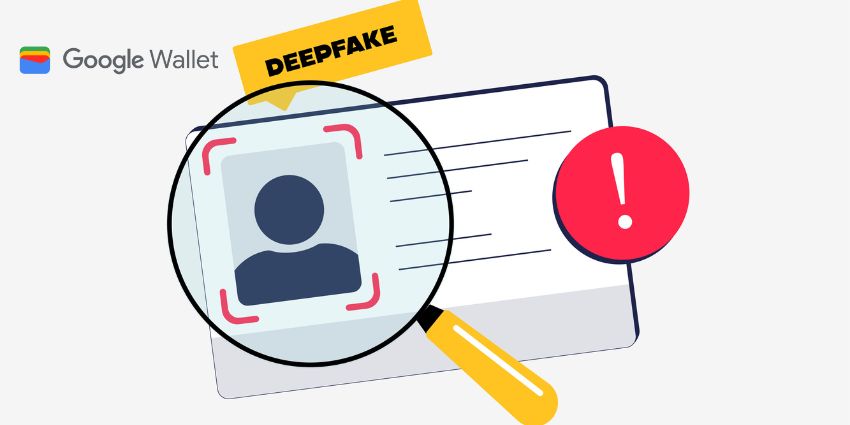Few customer-facing businesses would argue against the fact that technology plays a critical role in great customer service delivery. But did the advent of the telephone mean that traditional door-to-door salespeople, knowing that their customers enjoyed face-to-face chats and that this ritual would close a sale, start to call those customers instead? Probably not. All good salespeople understand that nothing beats knowing your customer personally and allowing them to engage with you in the way they prefer.
The sales process has always been about more than exchanging goods for money. It’s about building and maintaining a relationship via the positive journey that a customer experiences.
Of course, technology is essential, and most consumers would agree that it’s much better to use technology to check on stock availability or opening times without having to physically go to the store. From customer support lines to online reviews, the modern customer service process is so entwined with technology that it’s impossible to separate the two. So why does Webhelp research suggest that 75% of customer-facing businesses struggle to deploy CX technologies at scale?
Design First
When designing improvements to the customer journey, there are two things to consider. Firstly, start with a clear understanding of your end goal: the problem that needs to be solved or the outcome you desire – or, more importantly, the outcome your customers want. The selection of the technology solution should wait.
Secondly, think integrated, not standalone. No technology should be an island. The right integration with other tools and their technology stack is crucial to deliver personalised experiences and continuous, systematic improvement. Most importantly, it is the only way to drive adoption,not rejection.
Yes, it can be a more challenging route – but it makes complete sense if you think about the implications. If we take the example of chatbots, only botsdeeply integrated with enterprise applications (order management systems, CRM) will add value. On the other hand, a bot that only answers frequent questions will be disappointing. It’s the difference between asking where an order is and receiving either the web address of a self-service page OR a personalised answer such as: “Your order is at the local dispatch office and will be delivered on Monday.” Ask yourself which you would prefer if you were the customer.
Which Technology?
Because today’s business differentiators are focused on the value something adds to CX, the priority must be to improve the end-to-end customer journey. How you achieve this, however, depends on the end goal. It’s vital not to get paralysed by technology choice, so remember that technology is just the means to achieving the desired business outcome and should support and enable the overall customer journey once the design for achieving set goals has been established. For example, if your goal is to improve online customer experiences and increase the frequency of customer engagements, design your strategy for achieving it. This will require finding the right technology to drive success. This might mean technology for enabling your customers to engage via multiple channels such as social media, chat, messaging, email, and traditional voice calls.
Successfully implementing any tech solution requires the engagement and support of people not involved with technology, like business analysts or client success managers. These people will work on solving challenges and support the tech teams to implement and configure solutions properly. Again, chatbots are a perfect example to illustrate this. There are more than 3,000 companies proposing tech frameworks to implement chatbots, and yet all are very similar and rely on almost identical NLP/NLU services. The difference comes from the way you configure and train the bot (customer journey design, creation of intents, scripting, conversational design) – which does not require a specific technology skillset.
In conclusion, today’s customer journeys must be designed to establish, build, and maintain long-term relationships and crucially, the design must come before the technology implementation. Those that recognise this and invest accordingly will seize many benefits for their business and their customers.







